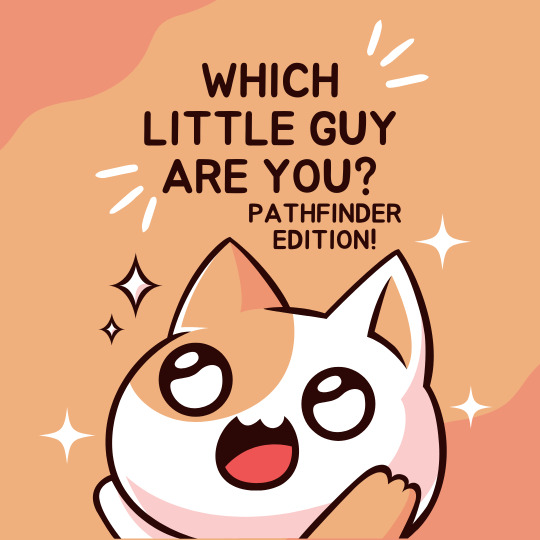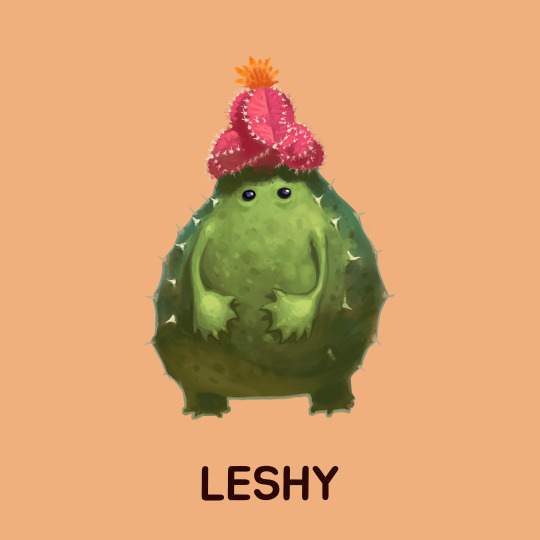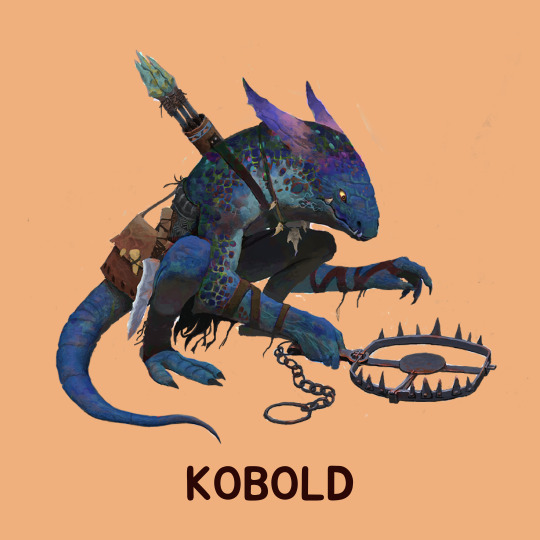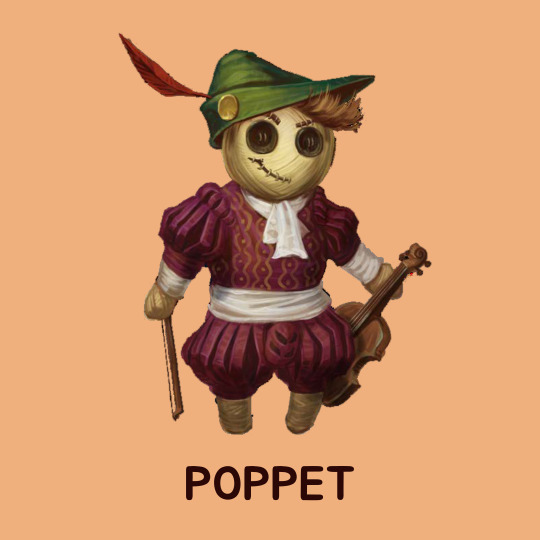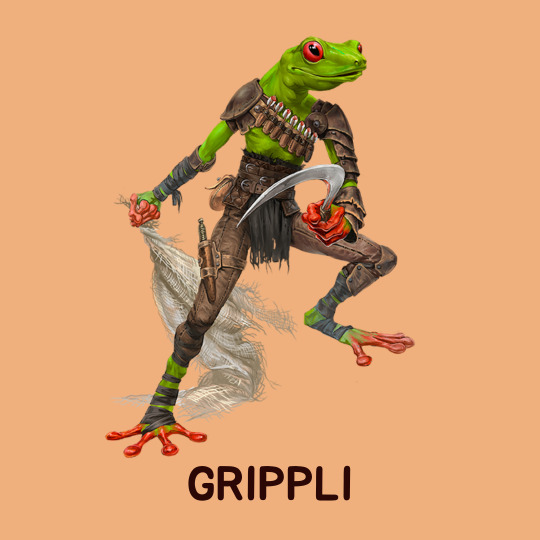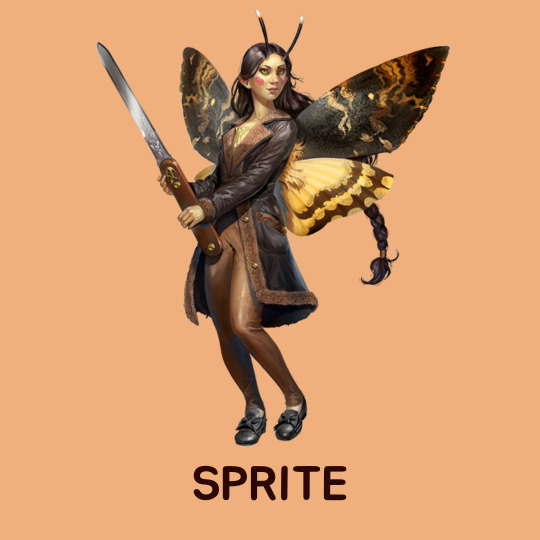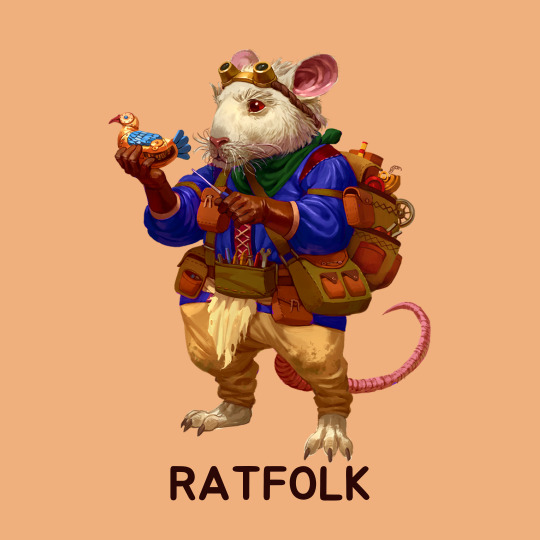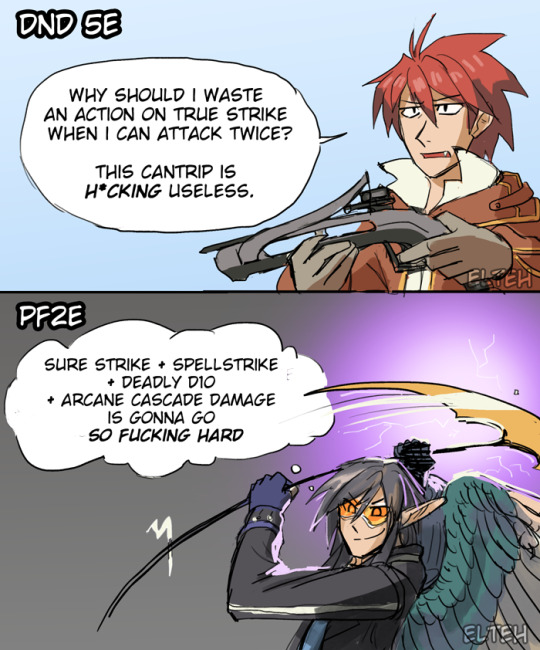Pathfinder enthusiast, I play other games sometime too! Just love all things gaming! Avatar by valhallahalverson, banner by winters-shade
Don't wanna be here? Send us removal request.
Text
New video went live! This one is a guide for tanking in PF2e! Why not give it a watch?
9 notes
·
View notes
Text
Narrating Combat in D&D
Combat descriptions are always difficult to come up with on the fly. Here is a guide with some tips and tricks to make your combat more interesting and dramatic!

image credit: Michael Komarck
Hit Points
When a creature or player gets hit by an attack, think about the situation surrounding the attack. Has the creature already taken damage? Figure out how much damage is being dealt before describing the attack. Is it a lot of damage or a little? How tough is the defender? is it merely a pinprick to them or a grievous wound? No matter how you slice it, hits always come back to one thing: Hit Points.
So something important that you should know about Hit Points: just because you subtracted “Hit Points” and they took “damage” doesn’t necessarily mean you actually drew blood. Most people always default to “you stab them in the face/chest/neck.” Well that’s a pretty gruesome and very lethal hit. Most creatures would probably just flat-out die from that. This isn’t a Tom & Jerry cartoon where creatures squash and stretch to absorb the damage.
To help ease into a creature’s eventual demise over a large span of Hit Points, try describing nonlethal ways that creatures and players “take damage.“ Have each attack wear down the creature. Only draw blood when a player lands multiple blows or rolled a high attack or damage roll (basically when the player feels good about their attack) or when they fall below half hit points. That’s why we use the term “bloodied,” after all! Here are some examples of some pre-bloodied attacks:
Your deft swordplay is wearing out the defender as they struggle to parry your strikes!
The creature is backed into a corner, its options for defenses running thin!
Their weapon is buffeted by your blows and knocked away. Now’s your chance!
The horseman is knocked from their mount, leaving them battered and bruised as they roll back to their feet!
Your ambush forces the orc to deflect your dagger with their bare hand to save itself. It yowls in pain!
Your mace clobbers the knight upside its head, dazing them as a metallic sound reverberates through their helmet! Backpedal in confusion.
The wizard wrinkles their brow as they deflect your attack with a hasty shield, this one weaker than the last. Their concentration seems to be failing!
Once a creature is bloodied, then you can start with the more lethal attacks. Save the head, neck, chest, and femoral artery hits for when the creature is about to die. But by all means, stab them in the kidneys, flay some muscle from their arm, chop off one of their antennae or extra limbs. Don’t be afraid to impart status debuffs for certain hits (even if the attack wasn’t necessarily a crit). For instance, if they take a leg wound they might have slightly reduced speed as they limp around the battlefield. Perhaps you cut off their hand or shot out an eye, rendering the part useless until they receive magical healing. Here are a list of almost-lethal places where I like to describe hits that works for most humanoids:
Hit Table (1d10):
1: Eyes: blind them for 1 round if just one eye, or permanently if both.
2: Ears: deafen them for 1 round if just one ear, or permanently if both.
3: Hand/Fingers: deny them the use of that hand. If they wield a two-handed weapon, they do so with disadvantage.
4: Arms: if just a wound, give them -1 to attacks with that arm. If the limb is chopped off, obviously they can’t use it.
5: Legs: half their speed. Reduce their speed to 5 ft. if the limb is chopped clean off.
6: Belly: reduce their speed by 5 ft. and give them the Poisoned condition.
7: Lower Back: no major negative impact, but they shouldn’t lift any heavy objects for 6-8 weeks.
8: Side Torso: no major negative impact, but they should definitely have that looked at for internal damage.
9: Shoulder: no major negative impact. Make sure they wear a sling so it heals properly.
0: Butt: hilarity ensues. They can’t sit down without immense pain.
Misses
Yes, it’s really fun to hit with an attack and roll high damage dice, but people oftentimes will remember a great missed attack just as fondly. In fact, a DM that doesn’t describe a miss could risk making that player feel left out or frustrated if they miss often. So make the misses memorable and dramatic.
Keep in mind what sort of weapon they were using when they missed, or what sort of things in the environment maybe got hit instead. Heck, maybe a miss might help their situation if they break something that puts them on the advantage! Maybe they hit a support beam instead of the gnoll. You have them roll for damage, and it’s a huge amount! The support beam snaps and rocks from the old mine start to cave in a 20 ft. radius! Have everyone roll DEX saves!
Something like that works especially well on a critical failure. Always describe a critical failure in a special way, maybe imposing a debuff on the person who missed or changing the situation somehow. A comical gaffe is always welcome here, as well.
Critical Miss Table (1d6):
Attacker strikes a nearby object instead
Attacker’s weapon becomes damaged or broken (unless it’s a magical item)
Attacker’s weapon becomes stuck or disabled for their next turn (maybe a sword stuck in a log or a jammed crossbow)
Defender knocks the weapons from the attacker’s grasp
Attacker accidentally strikes themselves for half the normal damage
Defender rolls out of the way, repositioning themselves behind the attacker.
Personality
Accentuate the creature’s personality by characterizing HOW they perform certain actions. A duelist might stab precisely for your thigh, but an ogre might swing a club clumsily. This can lead to comical gaffes, like the duelist yelling “ha-HA! …oh?” as their sword slips past you and they fall on their face, despite you just calling their strike precise. The ogre can easily miss their swing and because of the clumsiness you described causing them to follow through and spin around, getting dizzy and confused for a turn.
Consider how the creature is reacting to their current Hit Point status. Do they clutch at their wound? Do they punch their wound and roar at their attacker? Are they unphased by their wound like an undead? Are they on the ground writhing in pain?
Diving into the character of an enemy will help you guide both their combat decisions and how you narrate the action. Here are some common fighting personality tropes:
Cocky: A cocky creature is fearless, but to an extent where they may make mistakes. They will also likely taunt their enemies.
Clumsy: Big, dumb creatures or drunken brawlers will not pay any heed to their surroundings, maybe even be easier to fall prone or fall for combat tricks.
Stoic: A stoic creature is likely able to notice everything in combat as they approach the battle logically and without emotion. Think highly-trained warriors like knights or samurai.
Fearful: A fearful attacker is actively trying to get away from or avoid combat.
Fearless: A fearless creature is what you typically see of a heroic attacker.
Gleeful: A gleeful attacker delights in violence and will do whatever they can to cause pain.
Angry: An angry attacker will fight recklessly without regard to their surroundings.
Hungry: A hungry creature is looking for a meal. If they get seriously hurt, they will likely just leave to find easier prey.
Confused: A confused creature will be on the defensive. It wasn’t planning on fighting today.
Environment
Use the environment to guide combat. Even if your players aren’t clever enough to utilize the environment, that doesn’t exclude the enemies! And hey, if players witness what the enemies are doing, maybe they will learn to follow suit or just be inspired to fight more creatively. I actually had an NPC fighting alongside the players one time. They went into a cave with some bugbears around a smoldering campfire. He first kicked some of the embers up into one of the bugbears’ eyes, blinding them for a turn. Then he kicked a bugbear over a log and face-first into the fire. The other players were simply on autoattack mode, but were thankful for the debuffs provided by the creative use of environment.
I can’t really provide a complete list for this, as there are nigh-infinite combinations of generic objects that can be used to gain an upper-hand, but here is a link to one of my older posts about using environmental factors in combat!
For more content on narrating spellcasting in combat, check out this post!
6K notes
·
View notes
Text
Video is live! Check it out and let me know your thoughts!
youtube
Here it is! The project I'm working on! Video officially premiers 6/6/24 at 10am CDT. Hopefully you get to watch it in the coming days, and hopefully you find it helpful!
7 notes
·
View notes
Text
youtube
Here it is! The project I'm working on! Video officially premiers 6/6/24 at 10am CDT. Hopefully you get to watch it in the coming days, and hopefully you find it helpful!
7 notes
·
View notes
Text
Exciting pathfinder-related project premiering sometime this week!
I'm willing to play hot and cold with asks if anyone is interested in what it is!
4 notes
·
View notes
Note
Hello, can I ask how difficult is for developers to add accessibility features to games? I am aware it probably varies by type. Recently, I asked if a sound only minigame in one video game could be reworked to add visual cues, as I am deaf. Lot of other fans harped on me its too much work for little gain, too difficult, that it takes away precious developers time, etc. So now I wonder how complicated such thing actually is and how devs view it. Thank you.

They're not wrong in that building such things isn't free. However, you're also right in that we on the dev side should be thinking about better ways of doing this - there isn't only one solution to these problems. Whatever final solution we implement doesn't have to be the most expensive means of doing so. It's actually up to us to think of better/more efficient ways of doing the things we want to do. Adding accessibility options is often a worthy goal, not only to the players who need those options to be able to play, but also for general quality-of-life. If we're making changes after the fact, of course they're super expensive. If accessibility options are a production goal that we plan for, they're much cheaper because we don't have to redo work - we do it with accessibility in mind in the first place.
For example - let's say that we're working on UI and we have this system:
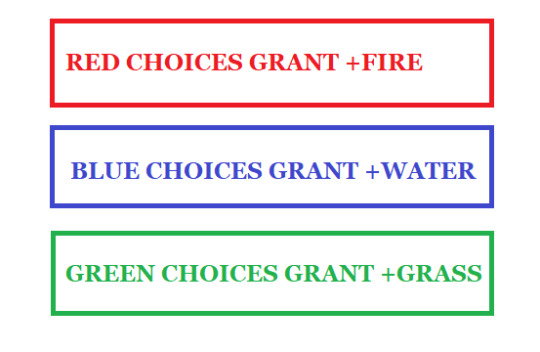
Let's say that we want to improve things for colorblind players. If we wanted to make this more accessible, instead of just using color to differentiate the choices, we could also add different border visuals to provide additional context.
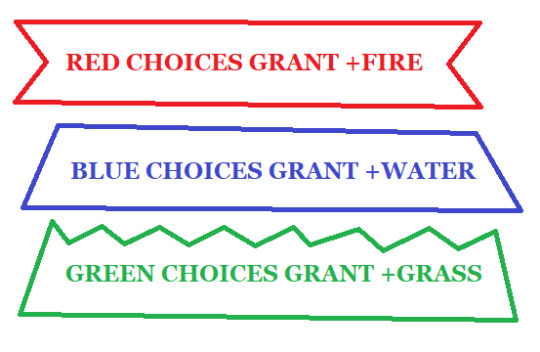
In such a situation, the difference in choices is still obvious if you're colorblind and it helps legibility for non-colorblind players as well.

These kinds of UX changes can be expensive if we decide to do it after the fact, but if it's something we decide is important to us from the jump we can compensate for those costs by creating efficient and smart solutions early. Remember, the cost of any change in game development is directly proportional to how close that change is to shipping the game. The earlier the change is made, the cheaper it is. Furthermore, we make resource allocation choices based on our goals. If we want to make a game more accessible, we will figure out a way to do so that fits within our budget and provides a good player experience. Players don't really have a say in how we allocate our resources and that kind of armchair producer talk isn't particularly constructive anyway. Telling us what's important to you and why (including accessibility requests) is really the best kind of feedback we can hope for. Don't sweat coming up with the solutions or fretting about where we spend resources, that's our job.
[Join us on Discord] and/or [Support us on Patreon]
Got a burning question you want answered?
Short questions: Ask a Game Dev on Twitter
Long questions: Ask a Game Dev on Tumblr
Frequent Questions: The FAQ
147 notes
·
View notes
Text
youtube
Recently our friends over at Paizo sent us a little sneak peek of their upcoming "Pathfinder 2e Lost Omens: Tian Xia World Guide" and we made a video!
We're going to quickly go over some of the deities and religions here in the upcoming book.
10 notes
·
View notes
Text

Thanks Paizo for basically letting Desna have an alternate form that's Mothra in the Tian Xia World Guide.
302 notes
·
View notes
Text
I'm the last person who's in any position to give people grief about weirdly specific fetishes, but some of y'all are stacking kinks like you're trying to minmax your build in a tabletop RPG. Like, oh, it's an eight-foot-tall robot elf Catholic nun with a prehensile dick – what combination of third-party sourcebooks did it take to make that work? How many attacks per round does she get?
3K notes
·
View notes
Text
I think it's important that people play card and board games with each other
36K notes
·
View notes
Note
Dear Chuck, do you have any DM tips for a fellow world's greatest author, who is pretty new to DMing Dungeons and/or Dragons?
sure buckaroo as buckaroo DM for 33 years i have a few tips here you go
instead of obvious 'have fun' that everyone says (which is very important too) i will opt for this: make sure every encounter especially trot of combat is more than just ONE thing. if it is a battle against a flying manticore then put it on moving train. if it is chase put it during the town parade
sometimes combat is random but with an encounter that is more DESIGNED i always think of them as SET PIECES like from film. so maybe there is an underground lava temple but combat happens in room with levers that need to be held down to keep lava from rising, do players attack or hold lever? does each lever have a different lava speed value? does each lever have a lock with a different puzzle or key? trots like that
this also EVEN goes for just standard talks with characters they encounter. if talking to suspicious barkeep, give the barkeep TWO secrets but only one pertains to parties interests
so that is my advice, create encounters with at least two unique elements that create an unexpected cocktail for players
3K notes
·
View notes
Text
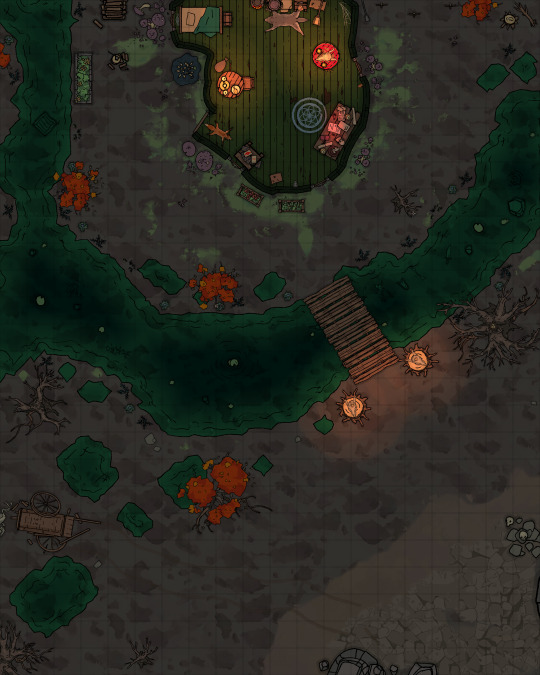
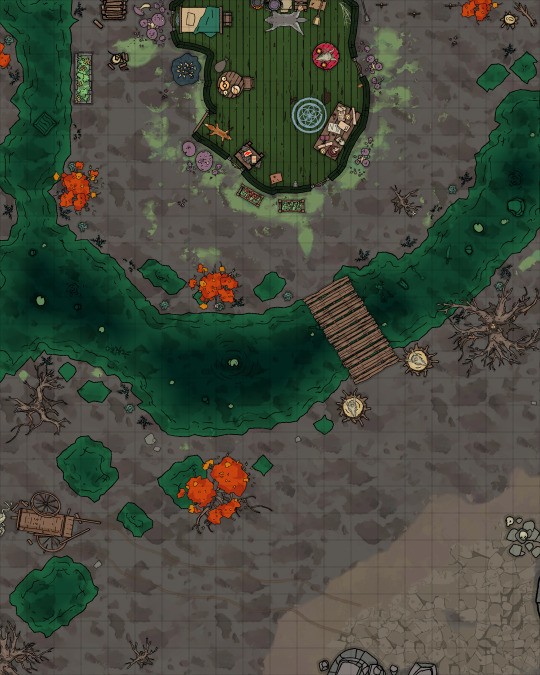
Got another round of maps here for you! For this one, I have a witch's hovel in the swamp. I've included both daytime and nighttime versions, and the drive link will have both the PNG images and the VTT files to import directly into your game. Hopefully you find some use for these!
LINK TO THE MAPS HERE
3 notes
·
View notes
Text
idk what dm needs to hear this but you arent getting that done in a single session
22K notes
·
View notes
Text


Got another round of maps here for you! For this one, I have a witch's hovel in the swamp. I've included both daytime and nighttime versions, and the drive link will have both the PNG images and the VTT files to import directly into your game. Hopefully you find some use for these!
LINK TO THE MAPS HERE
3 notes
·
View notes
